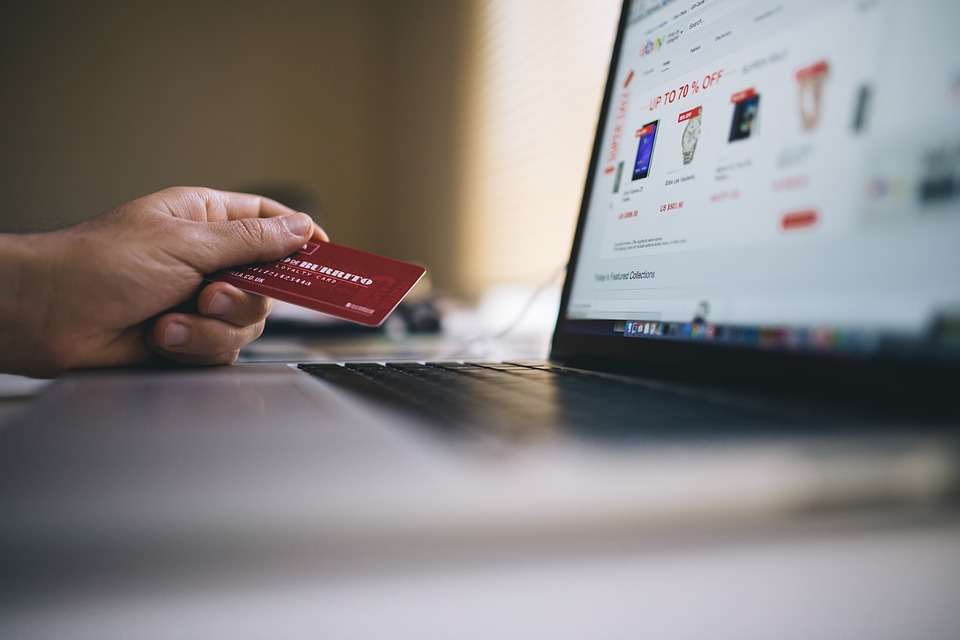Tips to Protect Yourself from ATM Fraud
Identity theft is a problem that's not going away. About one in 15 people will be victims of identity theft this year, and one of the most common...
2 min read
 Jenna Taubel
:
Mar 27, 2018 7:39:00 AM
Jenna Taubel
:
Mar 27, 2018 7:39:00 AM


Defense Attorney Bradley Corbett explains that the threats of internet fraud include "making fraudulent online purchases, computer virus creation and distribution, cyber stalking, and identity theft." So a hacker, for instance, may use the internet to steal your personal information and sell it on the black market—making you the victim of a crime. So, what steps can you take to protect yourself from internet fraud such as this?
According to a report by CNBC, the cost of identity theft and fraud to consumers in 2016 was more than $16 billion. If you become the victim of identity theft, you'll have to pay to restore your credit and protect yourself from future incidents. There are ways to mitigate the cost of identity theft, including insurance. Identity theft insurance provides financial compensation if your identity is stolen, giving you peace of mind knowing that you'll stay financially afloat during this otherwise difficult time.
Don't underestimate the importance of running up-to-date software. Many hackers target computer systems and networks running outdated software because they contain exploitable vulnerabilities. To protect yourself from internet-related fraud, make sure your operating system, web browser, plugins and other software is up to date.
When it comes to phishing and pharming, Microsoft explains that cybercriminals “use social engineering to convince you to install malicious software or hand over your personal information under false pretenses. They might email you, call you on the phone, or convince you to download something off of a website.” Phishing scams often begin with a seemingly harmless email that appears to be sent from a legitimate company. For example, you may discover an email from your financial institution, asking you to log in to your account to verify your information by clicking a link. Upon clicking this link and entering your username and password, however, you've just provided the attacker with your login credentials. Avoid clicking links or downloading file attachments in suspicious emails such as this. If you aren't sure whether an email from a company is legitimate, contact the company via phone or their official website. Your financial institution will never contact you and ask for your personal or account information via an email or over the phone, they already have that information.
First, invest in a virtual private network (VPN) to protect your online data from prying eyes. A VPN creates a secure tunnel through your internet traffic is routed. With a VPN, anything you type online—name, address, credit card numbers, Social Security number, etc.—is encrypted, and the only person that can see this information is the website you are visiting.
Finally, try to get into the habit of monitoring your personal credit on a regular basis. If someone steals your personal information, they may use it to open a credit card or other line of credit in your name. By monitoring your credit, you'll know if this happens, thus allowing you to take immediate action to remedy the situation. You can obtain a free credit report from the three main credit bureaus once a year by visiting AnnualCreditReport.com.
You don't have to disconnect your modem just to protect yourself from identity theft. The five steps listed here will safeguard you from common cyber threats, including identity theft and fraud.

Identity theft is a problem that's not going away. About one in 15 people will be victims of identity theft this year, and one of the most common...

Out of all the different types of scams, lending scams might just be the most insidious. These types of scammers fool their victims into thinking...

xIdentity theft is when a person’s private information is fraudulently acquired and used by another person. This information includes financial,...